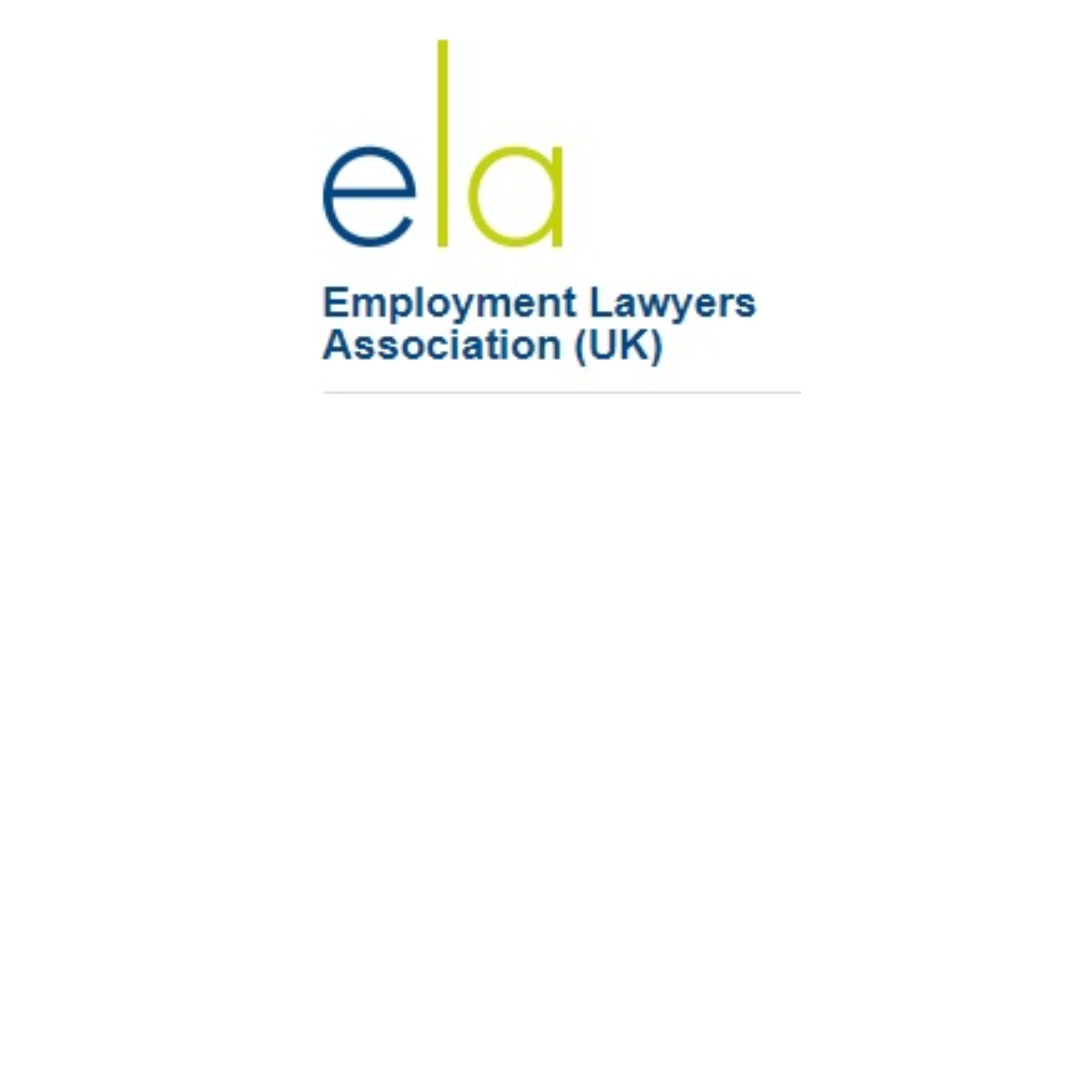
Relief from Forfeiture
Lease forfeiture is the legal process a landlord can use to end a lease early when a tenant breaches certain terms in their lease.
Once the right to forfeit has arisen, the landlord can take steps to bring the lease to an end, either by re-entering the premises (peacefully, where possible) or by starting court proceedings.
But forfeiture doesn't always mean it's the end of the road. If your landlord has taken steps to forfeit your lease, you may still have options. As a commercial tenant, you might be able to apply for relief from forfeiture — a legal remedy that could reinstate your lease and allow you back into the property.
Our expert real estate disputes team can help you respond quickly and strategically. We’ll advise on your chances of obtaining relief, guide you through the application process, and help protect your position moving forward.
Relief from Forfeiture of a Commercial Lease
Forfeiture gives a landlord the legal right to bring a commercial lease to an end when a tenant breaches certain terms of the lease, or where specific events occur (as set out in the lease).
Relief from forfeiture is a tenant’s legal right to ask the court to overturn a landlord’s decision to forfeit a commercial lease, whether for unpaid rent or another breach of lease terms.
If granted, relief restores the lease as if the forfeiture never happened. However, strict time limits and procedural rules apply, especially depending on how the forfeiture occurred (by the court or by peaceable re-entry).
If you are a commercial tenant and your landlord has taken steps to forfeit your lease, it’s important to act quickly. Our expert real estate disputes team is here to advise you on your options and guide you through the process of applying for relief, giving you the best chance of allowing you to return to your premises.
How Relief from Forfeiture Works
A tenant - or any third party with a qualifying interest - has the right to apply for relief from forfeiture as soon as the landlord is considered to be “proceeding” with forfeiture. This can happen when:
- A Section 146 Notice is served (if required)
- Court proceedings are issued
- The landlord peaceably re-enters the premises (by changing the locks)
Depending on the situation, relief may be sought by filing a Defence and Counterclaim in the landlord’s proceedings, or by issuing a separate claim. Relief is not automatic - it is granted at the court’s discretion, and the aim is generally to put both parties back in the position they would have been in had forfeiture not occurred.
Automatic and Discretionary Relief from Forfeiture
In some situations, commercial tenants may have an automatic right to relief from forfeiture — but this applies only where the landlord is forfeiting the lease for non-payment of rent and has issued court proceedings.
To qualify for this automatic relief, the tenant must pay the full amount of rent arrears, interest, and the landlord’s legal costs, either before the first court hearing or before the date when the possession order takes effect (if the case has already gone to court).
If payment is made in time, the landlord’s claim will not succeed, and the lease will restored as if the forfeiture had never occurred.
Where forfeiture has been carried out by peaceable re-entry (that is, the landlord physically re-enters and changes the locks) relief is still possible, but the tenant must make an application generally within six months of the date of re-entry. Timing is critical in these cases. Delay can prevent a successful outcome, so tenants should seek legal advice immediately if forfeiture occurs.
Relief for Other Breaches (e.g. Disrepair, Alterations, or Subletting)
For breaches other than non-payment such as unauthorised alterations, subletting, or failure to keep the property in repair, relief is not automatic. It is granted at the discretion of the court, which will assess the overall fairness of the situation and whether reinstating the lease is appropriate.
It may look at factors such as the seriousness of the breach, whether it has been remedied, and the conduct of both parties. The court’s objective is to balance fairness and avoid unnecessary hardship, while also respecting the landlord’s rights.
The court will typically consider:
- Whether the breach has been remedied, or if the tenant has made genuine efforts to do so, including the payment of reasonable compensation to the landlord.
- Whether the tenant is likely to comply with their obligations going forward. The court may look at the tenant’s previous conduct and willingness to cooperate.
- The seriousness and nature of the breach, including whether it was deliberate, reckless, or merely accidental. The court will also assess whether the breach is ongoing or has already ceased.
- Whether the landlord could reasonably have refused consent if the breach relates to something like alterations or subletting. If consent would likely have been given, the breach is viewed more leniently.
- The effect of delay. If the tenant waits too long to apply for relief and the landlord has already re-let the premises to a third party, this may weigh heavily against the tenant.
- Lasting harm caused by the breach, including reputational or financial damage to the landlord, will also be a factor.
- The tenant’s financial position and standing may be considered when deciding if the lease should be reinstated and under what terms.
Outside of the limited automatic right for non-payment of rent, the court has a wide discretion to grant relief from forfeiture in other cases. There are no fixed or rigid rules, but in general, the court is likely to grant relief where:
- The breach has been remedied (or genuine efforts have been made to do so)
- Reasonable compensation has been offered to the landlord
- The court is satisfied that the tenant is likely to comply with their lease obligations going forward
The court’s ultimate aim is to strike a fair balance between the landlord’s property rights and the tenant’s interest in keeping the lease - especially where the breach can be remedied without lasting harm.
Acting fast after lease forfeiture
If your lease has been forfeited, act immediately. Relief is time-sensitive, and delay could prevent your lease from being restored.
Our team will assess your eligibility, help you prepare your application, and advise you on the best approach whether you are dealing with a lease forfeiture via the courts or by re-entry.
How We Can Help You
Our property litigation solicitors can help you with relief from forfeiture, including:
- Assessing whether relief is possible (and the likelihood of success)
- Preparing your defence, counterclaim, or standalone application for relief
- Liaising with landlords, courts, and other parties involved
- Handling related issues, such as interim dilapidations or compensation claims
- Ensuring deadlines and procedures are properly met
Contact Our Team Today
Our team of real estate disputes specialists has extensive experience in helping tenants secure relief from commercial lease forfeiture.
Applying for relief can be complex, with a range of factors the court will take into account — so getting early, informed advice is crucial. If your lease has been forfeited, we’ll provide clear, practical guidance tailored to your situation, helping you take the right steps at the right time to maximise your chances of success.
Our specialists in forfeiture are ready to help. Call 0330 123 1229, email info@smithpartnership.co.uk, or fill out our contact form.




























